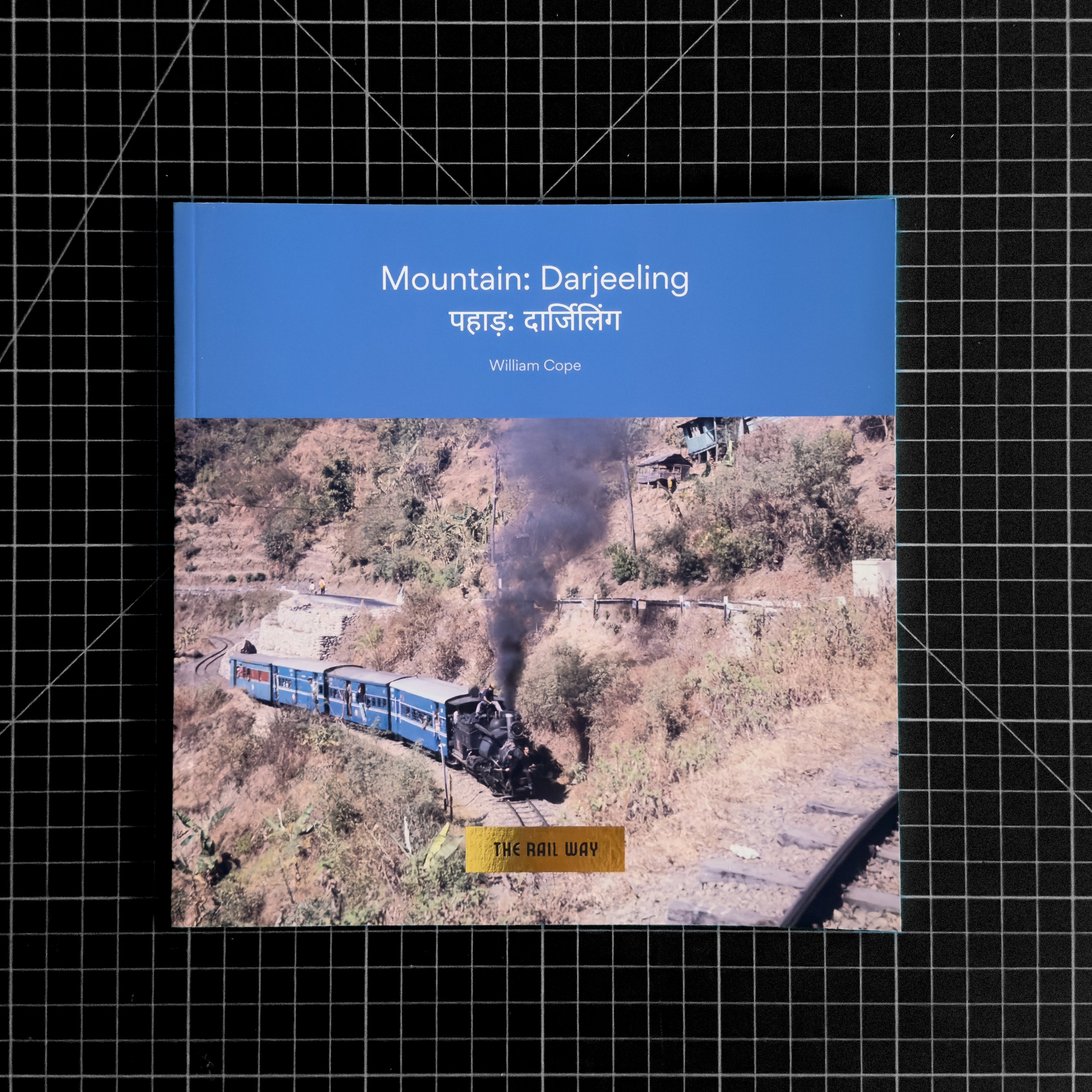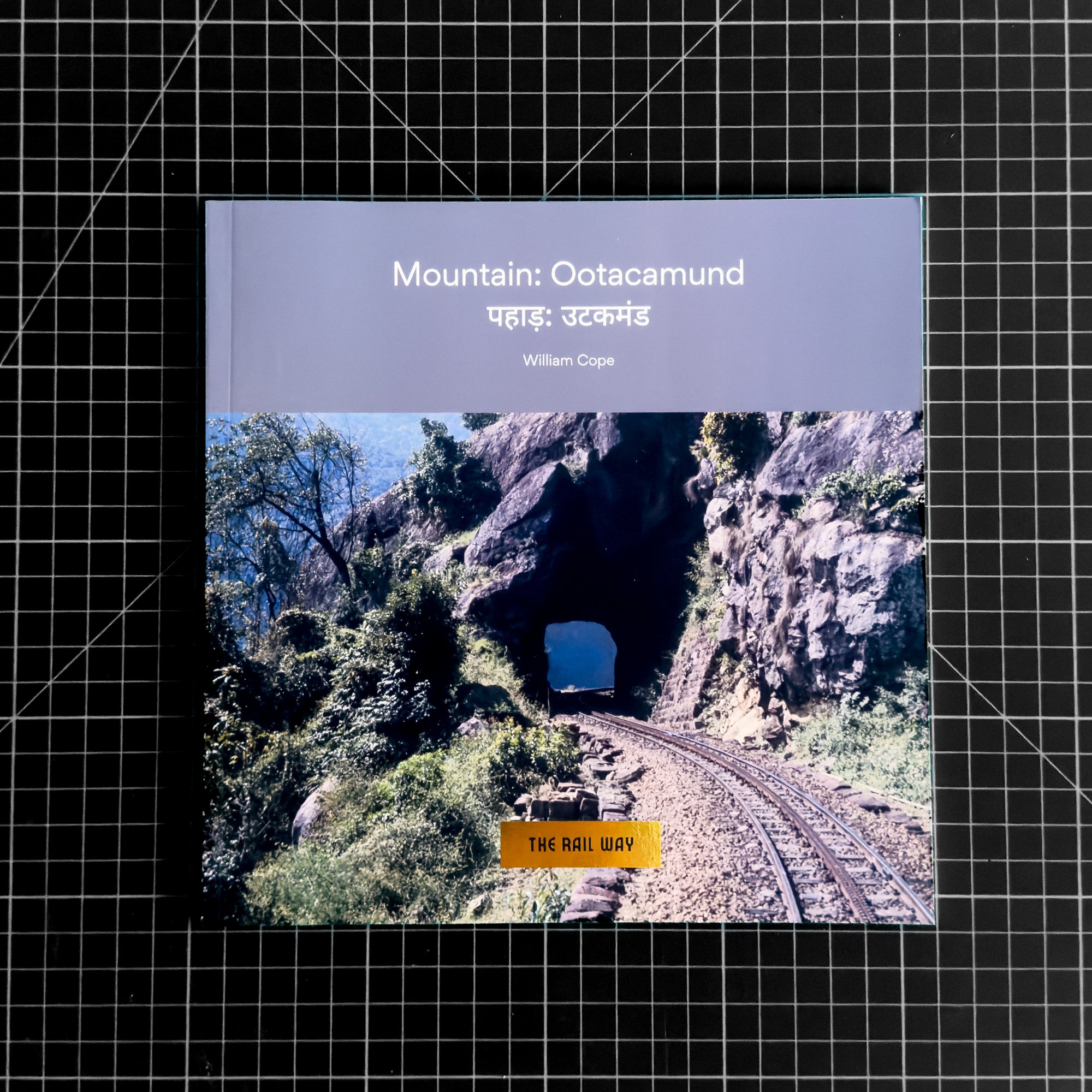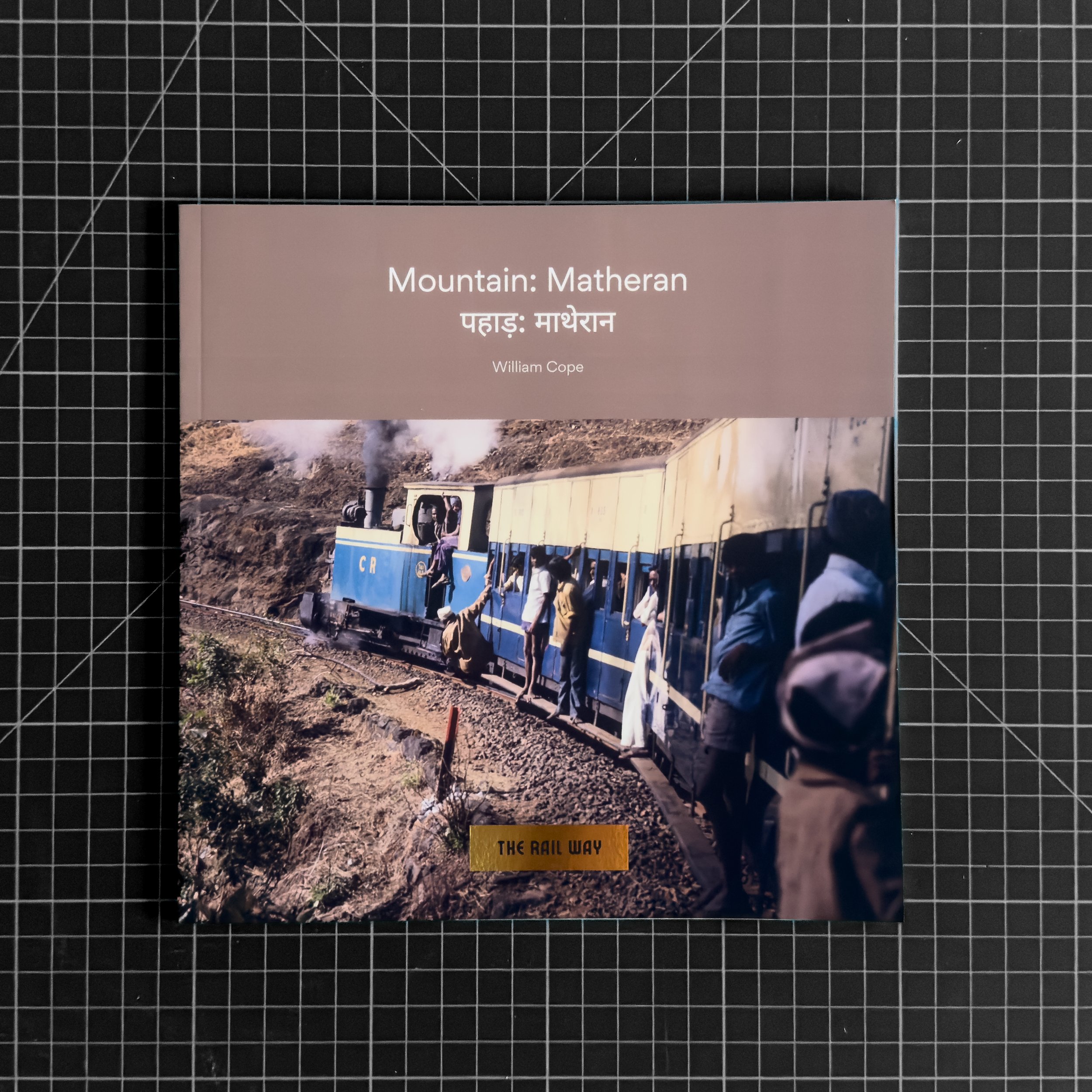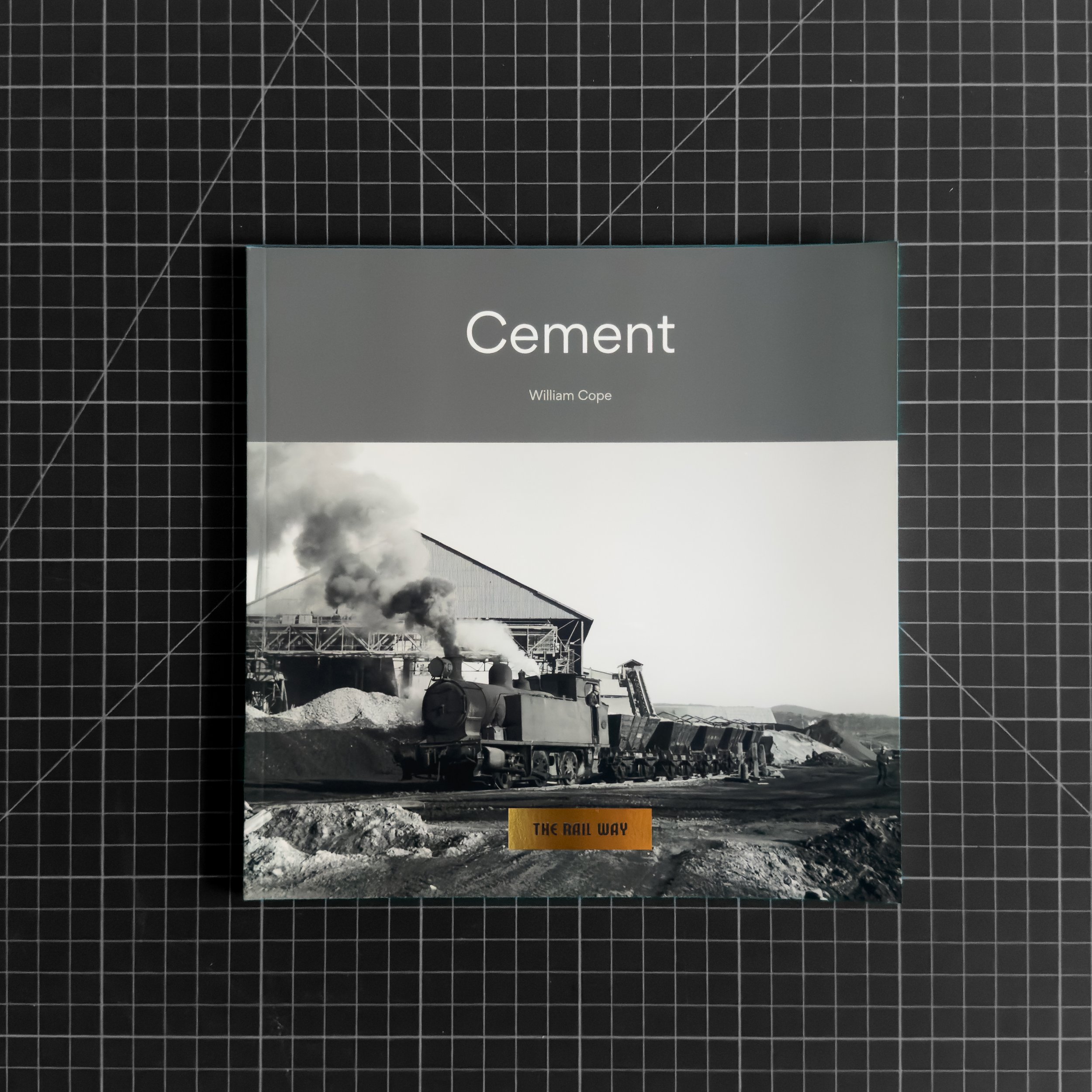
THE RAIL WAY
Arguably, more than any other technology, rail made us modern.
It’s two hundred years since humans found it was possible to use mechanical means to cross space, propelled at speeds greater than the natural powers of walking or horseback. The railway was the first the great invention of the industrial revolution. Arguably, more than any other technology, rail made us modern.
For its first century, the railway remained an unrivalled technology for the movement of people and things. In its second century, it has been eclipsed in many of its original purposes by motor vehicle and airplane—perhaps at times for the better, but frequently for the worse. More than a utility, the railway came to be a signature modern aesthetic. In part it’s an old industrial aesthetic, captured in the frequently accidental artfulness of these quintessentially mechanical artifacts of industrialized life. In part it’s a relationship to landscapes, as gently curving lines and mild inclines negotiate all kinds of terrain. As some of its functions have been displaced by road and air, rail has also become a rich lode for nostalgia—recalling journeys past and forms of earlier modern life that have been lost.
What does
The Rail Way
mean?
This series of books sets out to capture in image and text the feeling of rail and its ways—ways of moving across the landscape, ways of reaching for destinations, and ways of being in the modern world. In photographs and words, we ask the question, what does The Rail Way mean?
Mountain
William Cope
These three photobooks, “Darjeeling”, “Matheran,” and “Ootacamund,” show how an essentially horizontal technology can deny the vertical. Each book focuses on an Indian mountain railway: the Darjeeling Himalayan Railway in West Bengal; the Nilgiri Mountain Railway in Tamil Nadu; and the Matheran Hill Railway in Maharastra. In their precipitous landscapes, these three railways are without doubt beautiful. The pictures speak to that. However, in his introductory texts accompanying the photographs, William Cope also explores the often difficult human stories behind each railway and every image. His question for these lines: what does the railway mean?
Cement
William Cope
It was just a mile from the Commonwealth Portland Cement works to the Portland railway station in New South Wales, Australia. But for such a short stretch of otherwise ordinary industrial railway line, there was surprising drama. Small steam locomotives hauled their heavy wagons out of their foreboding setting in the works, struggled up a steep hill, passed under one road, then across another, finally crossing a field in a sweeping curve to reach the station. Here, the wagons would be picked up by a goods train on the government railway for transportation to Sydney and empties picked up for return to the works.
In this book, William Cope captures this small journey in photographs. His introduction sets the railway line in the larger context of the history of the cement works and, beyond that, the difficult history of cement as a quintessentially modern product.







